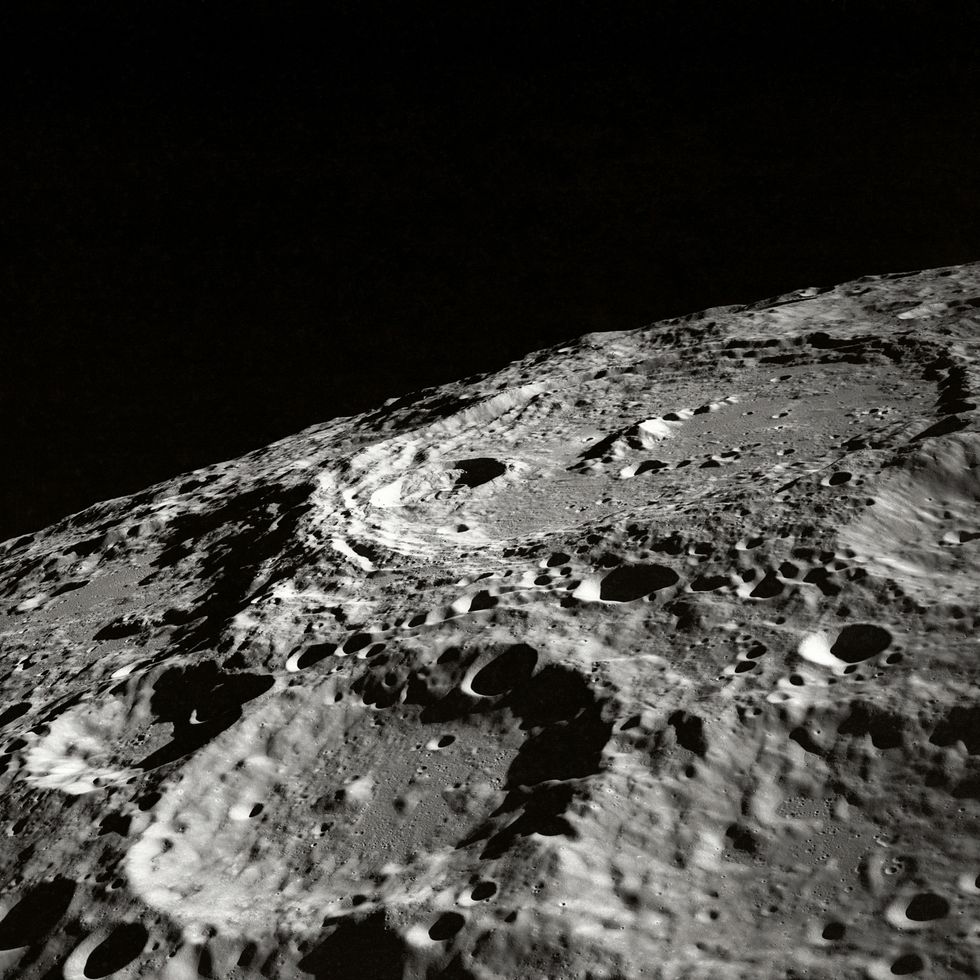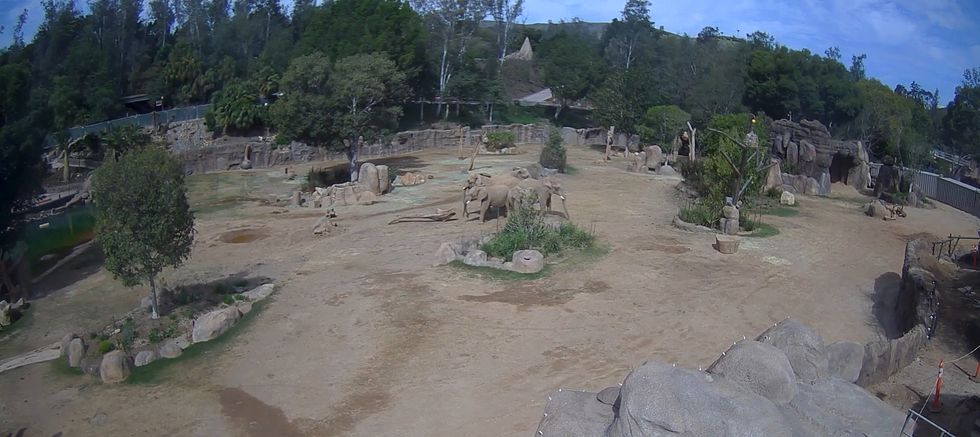Gregory Robinson
Feb 24, 2025
China plans to send flying robot to Moon's south pole
Wion - World News / VideoElephant
We know a lot about our Moon but scientists are still piecing together parts of its early history and how it became Earth’s only natural satellite.
The most widely accepted theory about the Moon’s formation is called the “giant impact hypothesis” and it proposes that a collision happened between Earth and a protoplanet called Theia about 4.5 billion years ago. The impact created debris that collected in an orbit and formed our beautiful celestial object in the sky.
A team of researchers from the University of Chicago analysed different proportions of elements inside Moon rocks which unearth more information about how it transformed from a molten ball covered by a lunar magma ocean into the cooled down, rocky and dusty satellite it is today.
New data gathered from rocks collected during the Apollo missions show the Moon solidified some 4.43 billion years ago, which is around the same time Earth became habitable.

The proto-Moon separated into layers as it cooled. Most of the ocean of molten rock solidified and the rest turned into a residual liquid called KREEP, an acronym for the elements potassium (K), rare Earth elements (REE) and phosphorus (P).
The research team analysed KREEP in the Apollo rocks and discovered it formed around 140 million years after the Solar System formed.
The decay process of a rare Earth element called lutetium helps determine the age of rocks. Over time it becomes hafnium, but the Moon’s cooling off period and the formation of KREEP reservoirs did not lead to a lot of lutetium when compared to other rocks formed at the same time.
Scientists aimed to calculate a precise time of when KREEP formed on the moon and so, they tested small samples of rocks from the Moon and looked at the ratio of hafnium in embedded lunar zircons. They found that the rock ages align with formation in a KREEP-rich reservoir.
These ages match the formation of KREEP reservoirs around 140 million years after the Solar System was created, approximately 4.43 billion years ago. The research helps us understand the Moon’s ancient history and when it cooled.
University of Chicago scientist, Nicolas Dauphas, told Universe Today: "It took us years to develop these techniques, but we got a very precise answer for a question that has been controversial for a long time.”
Dauphas added: "This finding aligns nicely with other evidence—it’s a great place to be in as we prepare for more knowledge about the Moon from the Chang’e and Artemis mission."
Why not read...
Scientists discover gigantic 'structure' under the surface of the Moon
People never realised the moon looks different depending where you are in the world
Sign up to our free Indy100 weekly newsletter
How to join the indy100's free WhatsApp channel
Have your say in our news democracy. Click the upvote icon at the top of the page to help raise this article through the indy100 rankings.
Top 100
The Conversation (0)














